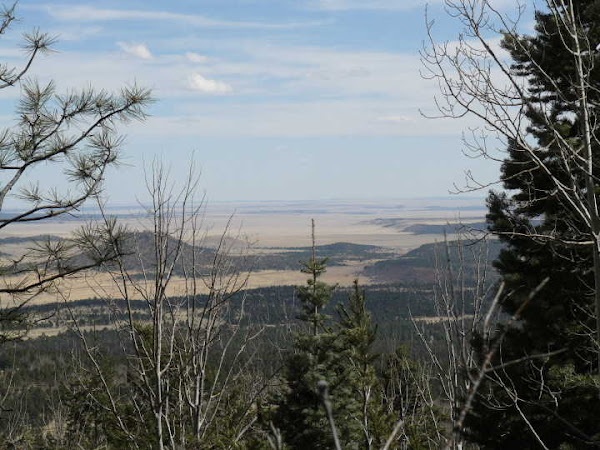Bakken Shale - Kildeer and Dunn Countiesy, ND
Barnett Shale - Wise and Denton Counties, TX
Marcellus Shale - Bradford and Susquehanna Counties, PA
Marcellus Shale - Washington County, PA
Raton Basin - Las Animas County, CO
Cathy Milbourn
Milbourn.cathy@epa.gov
202-420-8648
June 23, 2011

WASHINGTON - The U.S. Environmental Protection Agency (EPA) today, in keeping with the administration's focus to ensure that the agency leverages domestic resources safely and responsibly, announced the next
steps in its congressionally mandated hydraulic fracturing study. EPA has identified seven case studies to help inform the assessment of potential impacts of hydraulic fracturing on drinking water resources. The sites identified were selected following extensive input from stakeholders, including the public, local and state officials, industry,
and environmental organizations. To ensure the Agency maintains the current timeline for the study, the EPA will begin field work in some of the selected regions this summer.
Natural gas plays a key role in our nation's energy future, EPA is working closely with other federal partners to ensure that this important resource can be developed safely.
"This is an important part of a process that will use the best science to help us better understand the potential impacts of hydraulic fracturing on drinking water," said Paul Anastas, Assistant Administrator for EPA's Office of Research and Development. "We've met with community members, state experts and industry and environmental
leaders to choose these case studies. This is about using the best possible science to do what the American people expect the EPA to do: ensure that the health of their communities and families is protected."
The studies, which will take place in regions across the country, will be broken into two study groups. Two of the seven sites were selected as prospective case studies, where EPA will monitor key aspects of the hydraulic fracturing process throughout the lifecycle of a well.....continued...










